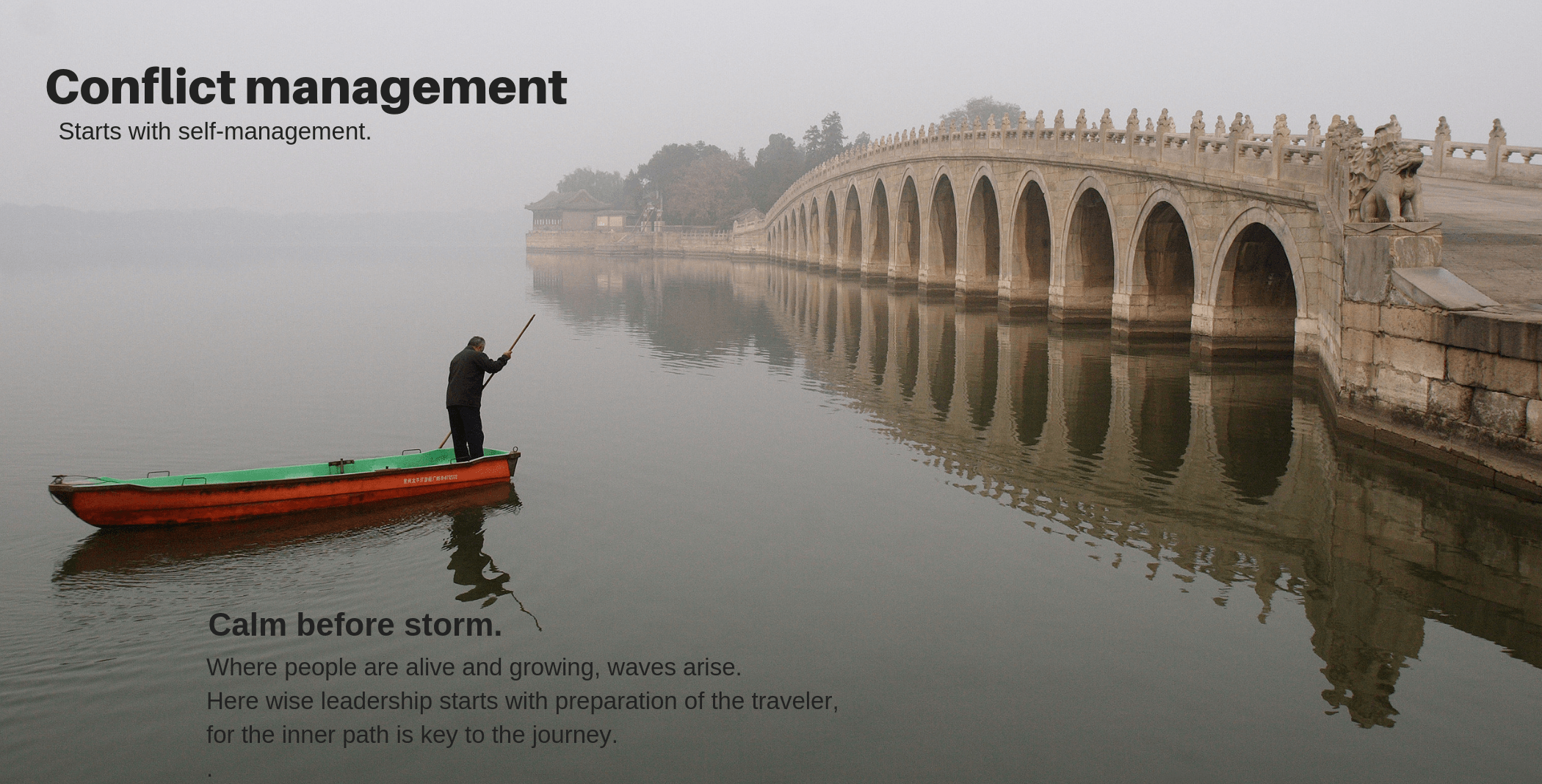Get the Style Matters Conflict Styles Report
Free Demo Use for Professors, Trainers, and Consultants
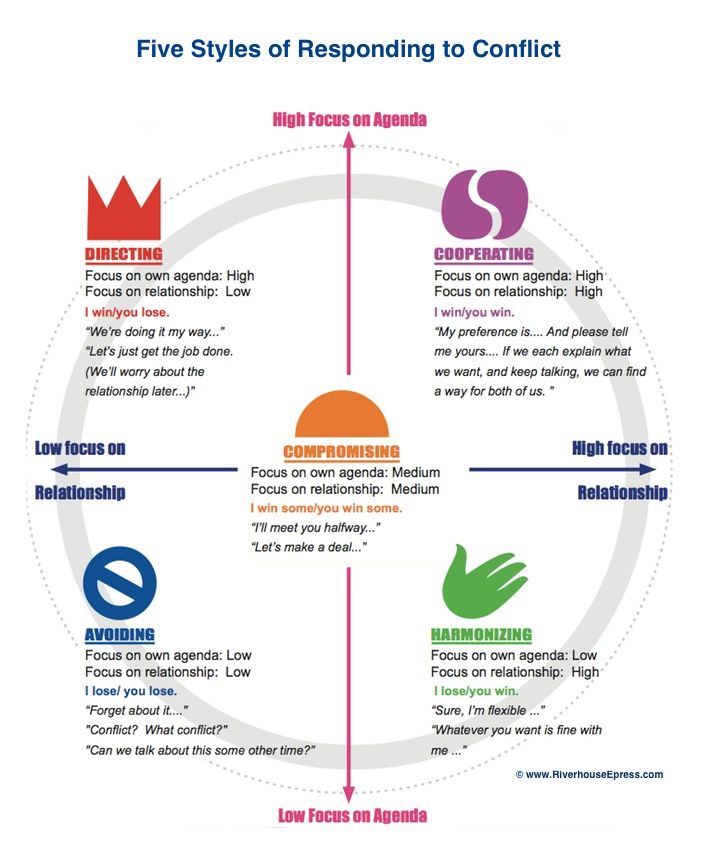
Instructions
To take the inventory, click on the button below, enter your name, email, and passcode (provided below), and answer 20 questions. It takes about 10 minutes. You'll then get a 10 page score report, visible on screen and in your email, with:
- detailed information about your conflict style preferences in situations of Calm and Storm,
- strengths and weaknesses of style preferences
- suggestions for optimizing your responses
- suggestions for colleagues and partners who want to know how best to work with you in times of disagreement or stress.
- links to additional readings and resources on conflict style.
Enter this passcode when prompted: cqAetXAeBL The code is not case specific. You can type it by hand or copy and paste it from this email to the login. Please use for demo purposes only. Good till February 15, 2020.
Summary of User Feedback on Style Matters*
Read feedback from instructors and trainers here

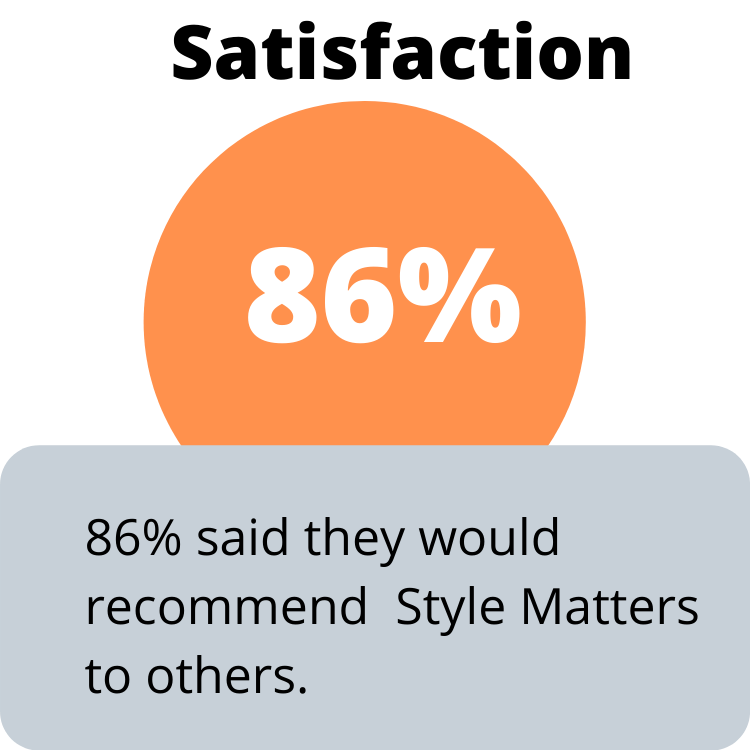

* Data is from 87 individuals who responded to our invitation for feedback sent in the period May to November, 2019.
User comments on benefits of taking Style Matters. We asked users: What's the primary benefit you received from your experience with Style Matters? They replied:
- "Understanding the difference between "calm" and "stormy" styles. Seeing how I switch my approach depending on the context and intensity."
- "Your noticing that my shift of 6 points (cooperative to compromise) when I move from calm to storm may confuse my partner sheds light on his frequent complaint that I quit [when actually I'm not, I'm just trying to be realistic about what we are capable of at that moment]."
- "I just used Style Matters for our entire church staff. It was a wonderful training tool for understanding how to work together for best outcomes."
- "I appreciated the distinctions between Calm and Storm styles [and order] as it provides a better way of understanding where I go as conflict/tension escalates."
- "Not to piss someone off before you figure out what their actual/ underlying problem is."
- "I did this as part of a Healthcare Management degree class assignment. Insight is always good when it comes to leadership. This allowed me to realize how much I have grown and worked on myself."
- "It was used for a team building exercise at my job and it helped a lot."
- "Time for internal reflection."
- "Gave me insights to better understanding my conflict style and where I could put in an effort to be more effective when faced with conflicts."
- "Learning about how myself and others react to conflict and strategies of how to deal with others who have different styles than myself.:
- "Identifying different conflict styles between my partner and I, and helping us to understand how best to engage with the other when either of us is upset."
- "Great comparison with TKI assessment."
- "Telling my team how I respond to conflict."
- "Understanding the strengths and weaknesses of my conflict style."
- "Gave me info to think about—skills to hone in on especially with the pros & cons."
- "The critique of excessive dependence on a strong style is insightful."
- "I focused on a particular person I need to have a difficult conversation with. It helped."
- "Which style I lean on under stress."
- "Gained better understanding as to whom am I as a negotiator."
- "The explanation that helped me realize my primary style is both good and not-so-good. The contrast helps."
- "Interesting to learn that my cooperative style doesn't always work well with someone who has an avoidance style. Things don't get accomplished that way!"
- "I now recognize my shortcomings and where I need to tone down my style when working with others."
- "Recognition of my style and how to improve."
- "Ability to discuss, in more detail, the way I address conflict."
- "I learned a lot about myself."
- "Sense of strengths and weaknesses with conflict engagement and resolution."
- "Gave me a clear affirmation of why I handle conflict the way I handle it."
About Style Matters
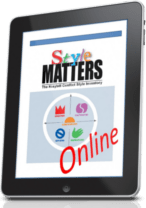
The Style Matters conflict style inventory helps individuals and teams make better choices in conflict. It assumes that conflict comes with the territory of life and work and can play a constructive, creative role. But not all conflicts and not all the time. Style Matters helps users think through their choices and choose responses most likely to bring good outcomes.
Users answer 20 questions about their responses in settings of Calm and Storm, and get an individualized report describing personal patterns that most people are barely conscious of. Cost is $8.95 per user and $6.95 in quantities of 100 or more.
By studying the picture that the Style Matters report holds up before them, users become more aware of what they typically do in conflict and how to improve their responses. The report provides detailed suggestions showing: 1) How users can optimize their responses and 2) how partners and co-workers can support the user to function at their best in difficult discussions.
Style Matters is unique among conflict style inventories in several ways:
1) Stress aware. The inventory measures responses in both Calm and Storm. The stress of conflict can have drastic effects on how people function. Your patterns when you're upset may be quite different than when you're calm. It's important to recognize both. No other conflict style inventory accounts for this important dynamic.
2) Proactive. Other inventories describe responses of the user and give generalized suggestions. Style Matters mines data in the user's report and provides many specific suggestions in response.
3) Designed for team building. Other inventories address only the individual user. Style Matters invites conversation and teambuilding with a section addressed specifically to partners and colleagues of the user.
3) Culturally adaptable. Style Matters allows users to choose from two different ways of taking the inventory, making the instrument suitable for users from diverse cultural backgrounds.
4) Suitable for solo or group use. Individuals can easily understand the Style Matters report with no trainer input and benefit from its many clear, specific suggestions. For workshop settings, its free trainer's guide offers detailed guidance to help anyone with basic group facilitation skills to lead a rich conversation on conflict styles. This flexibility supports easy use in a wide variety of consulting and learning requirements.
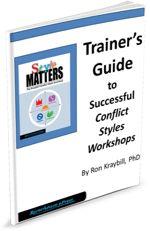
Style Matters has been psychometrically validated, It is used by hundreds of trainers, teachers, and consultants and administered to more than ten thousand users every year, at institutions such as George Mason University, Johns Hopkins University, University of Southern California, the Justice Institute of British Columbia, Liberty University, the US and Canadian militaries, and many others.
History of the Style Matters Conflict Style Inventory
Style Matters was created in its earliest form in 1984 by Ron Kraybill, an early leader in the conflict resolution movement in the United States, trainer in the South African peace process, professor in the Conflict Transformation Program at Eastern Mennonite University, and Senior Advisor on Peace and Development at the UNDP. Kraybill gathered insights from the Thomas Kilmann Conflict Mode Instrument, the Gilmore Fraleigh Personal Style Report and decades of his own teaching experience in university, community, and national settings to create a unique tool for leaders in training to review their patterns in conflict.
We've refined Style Matters for over 30 years and completed a major upgrade of the personal report in 2019. With the power of algorithms, our server creates a report rich in personalized insights for each user and suggestions for how to engage others about using them. Teams and groups can now have a engaging learning experience on their own without needing to bring in an external trainer. Average user rating is 8.5 on a scale of 10.



 Need assistance? Email center@riverhouseepress.com with a copy of the login instructions you received and a brief description of what is happening. We'll reply in one business day-usually less.
Need assistance? Email center@riverhouseepress.com with a copy of the login instructions you received and a brief description of what is happening. We'll reply in one business day-usually less. 